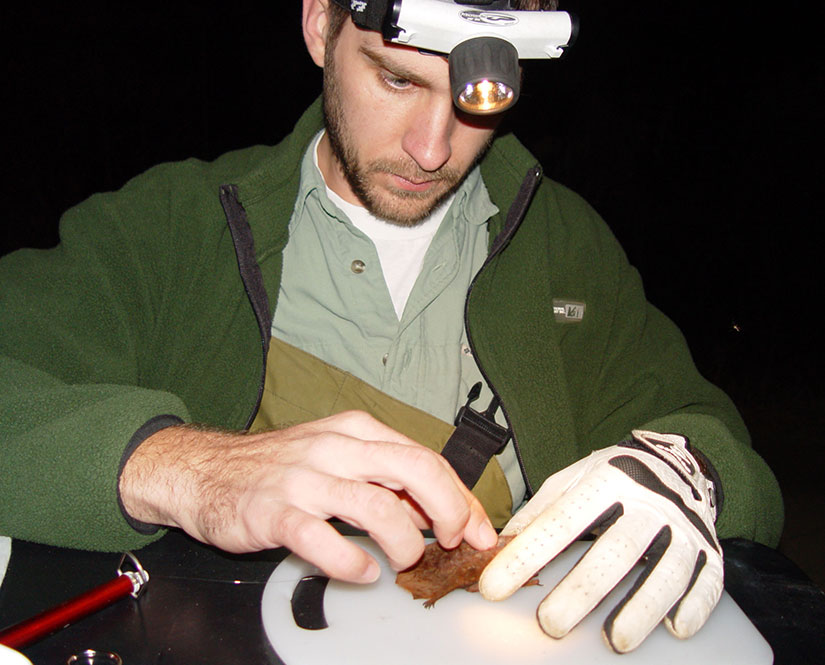
Electric golf carts are not permitted in my 1200-unit condo complex in Florida. Partially, it’s because the roadways are too narrow — the Gulf Oil developers in the 1970s never envisioned that their oceanfront investors getaway would evolve into an owner-managed association. Our condo zeitgeist today also spins a somewhat false narrative of us as a pedestrian community, where walking and biking are primary modes of transportation to pool, restaurant, tennis, and other leisure activities. In actuality, there are way too many cars driving around our gated community, so we continue to release carbon monoxide, nitrogen oxides, and hydrocarbons as we burn fuel in our internal combustion engines (ICEs).
From more frequent and devastating storms to major heatwaves, we can no longer ignore the impacts of human-caused climate pollution. Attitudes change slowly, but incremental shifts toward decarbonization are occurring in condominium associations to shore up lakefronts, develop stormwater management strategies, build retention ponds, preserve wetlands, and upgrade to energy-efficient and green buildings. We can also reduce the greenhouse gas (GHG) emissions produced by the combustion of fossil fuels by limiting or even prohibiting ICE use. Electric golf carts provide an emission-free option for a variety of uses.

Electric golf carts are a nice compromise to ICEs: they are clean, efficient, and nearly as handy as a car in last mile transit in which the speed of a car isn’t a requirement for daily tasks. They are increasingly being used for short-distance trips in communities as an alternative to the family car, and they share common element roads with other motor vehicles, pedestrians, and bicycles.
Less costly than gas-powered golf carts over the life of the vehicle, electric golf carts are quiet, have easy upkeep, and are versatile. A gas model would require oil changes and parts replacements over time, which would add both labor and material expenses. Electric golf carts only need their batteries replaced from time to time, as well as a battery water check about once a month. Owners who maintain their batteries will find they last around 5 years. Electric golf carts have fewer than 50 moving parts, while their gas counterparts are equipped with more than a thousand.
When owners stay on a weekly schedule of recharging their electric golf carts, they’re more likely to have a continual supply of power when needed. Lithium-ion batteries are just starting to find their way into electric carts; not only do they have more power and more range, they don’t need to be constantly checked for the proper level of electrolyte in each cell, and they fare much better when stored in the winter.
Nonetheless, it will take a cultural shift for many condo communities to accept electric golf carts. They have the potential become an element of what’s known as smart transportation systems– if only more people would listen with open minds.
A Golf Cart Suburban Model
With about 9,300 golf carts registered among its 13,000 households, Peachtree City, 31 miles southwest of Atlanta, might be the most golf-cart-friendly municipality in the US. Chronicled by Bloomberg, the city has a hundred miles of car-free multi-use paths crisscrossing the town’s 25 square miles, and many shopping centers and public buildings provide dedicated golf cart parking. A golf cart can replace a second or third car for Peachtree City households. But for some older residents who are no longer able to drive full-size autos, they’re a lifeline to independence.
There is also the Villages, a 55-and-older development of more than 80,000 people in Florida that has more than 90 miles of multi-use paths and was engineered around cart access from its inception. In the Villages, golf carts and Low Speed Vehicles (LSV), also called Neighborhood Electric Vehicles, must follow the same traffic laws as cars, including regulatory signs and the use of directional or hand signals when making turns. The operator of these vehicles can be issued a traffic citation just like when operating an automobile; these citations carry fines and points on a license.
Anna Maria Island, Florida, offers electric golf cart rentals, advertised as “popular, safe, eco-friendly” ways to see the community. Most carts feature a 48V battery system and can go up to 60 miles on a single charge. Each cart is delivered with a charger so the customer can plug the cart in at night, and it will be ready to go for whatever the next day might bring. They advise the renters to plug the charger into a normal 120V outlet and hook the cart to the charger.
Numerous so-called golf cart communities in the US, such as Sun City, Arizona, and Palm Desert, California, allow carts and cars to mingle on low-speed public roads.
But replicating these models, often with a complete, separated system of multi-use paths in an existing suburb, is easier in theory than practice. Adding infrastructure after the fact would likely be expensive and politically fraught, and the effort could be halted if even a few property owners refuse to provide easements. Perhaps there would be a smart traffic flow management system, which moves traffic in a consistent, one-directional pattern so new pavement is not needed — just restriping. Maybe electric golf carts would be limited to dry weather conditions. For condo communities in which golf carts are prevalent, associations must develop and enforce their own rules and restrictions for age and license requirements for drivers, and security must monitor and stop all offenders in order to provide effective enforcement.
Low-speed electric vehicles can fit into American suburbs. Modest investments in lanes and signage, plus local rule changes like those seen in other US golf cart communities, could make towns that were once car-crazy into apt sites for electric golf carts as well as e-bikes, e-trikes, and the various battery-powered microcars that are increasingly common sights on urban streets. So, too, are motorcycles, mopeds, scooters, boats, and even small planes are being made all electric. For mass transit, more and more electric buses are being utilized.
In the world of clean energy, few areas are as dynamic as the EV market, and electric golf carts have joined that exciting consumer space. How the transition to EVs plays out as last mile vehicles over the coming decade is being determined by today’s associations and electric vehicle industry. Yes, the electric golf cart path ahead has several challenges that need to be tackled, but they are not indomitable.
I don’t like paywalls. You don’t like paywalls. Who likes paywalls? Here at CleanTechnica, we implemented a limited paywall for a while, but it always felt wrong — and it was always tough to decide what we should put behind there. In theory, your most exclusive and best content goes behind a paywall. But then fewer people read it! We just don’t like paywalls, and so we’ve decided to ditch ours. Unfortunately, the media business is still a tough, cut-throat business with tiny margins. It’s a never-ending Olympic challenge to stay above water or even perhaps — gasp — grow. So …




